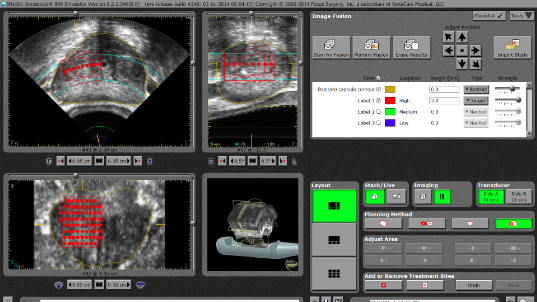Mouse models are essential to validate the safety and efficacy of novel treatments against prostate malignancies. Despite the functional similarities between rodent and human prostates, however, the small size of murine prostate limits the accuracy of volume determination in drug tests. Now, a research team from University of Rochester, led by Kent Nastiuk, used high frequency ultrasound imaging to follow volume alteration in the prostate of intact mice. The study entitled “Quantitative volumetric imaging of normal, neoplastic and hyper plastic mouse prostate using ultrasound” and published in the journal BMC Urology validates the application of this technique in several pathological conditions.
In this study, researchers used high frequency ultrasound imaging combined with a 3D software for reconstruction to assess volume alterations in mouse prostate, obtaining reproducible and accurate measurements of very small changes in mouse prostate volumes in different conditions. They monitored prostate regression in mice surgically castrated, and then prostate regrowth induced by androgens in the same group of mice. Ultrasound 3D imaging was also valuable to monitor alterations in prostate volume in a model of benign prostatic hyperplasia. Additionally, using ultrasound image-guided implantation the team was able to transplant human tumor cells into mouse prostate and monitor their growth.
The data revealed that pathological conditions inducing volume changes by as little as 10 % could be monitored. Importantly, this technique does not require extensive training in mouse anatomy and can be easily learned by individuals with no prior experience with very low interobserver variability. Moreover, ultrasound may have implications for drug tests against prostate cancer.
“Accurate volumetric imaging serves an important role in executing rigorous preclinical trials. (…) High-frequency ultrasound imaging of the mouse prostate has many advantages: it is low cost and high throughput, enables 3D reconstruction for precise volume determination, and allows real-time imaging to facilitate surgical manipulations,” the authors write in their study. “We anticipate that the utility of this technique can be extended to determining the efficacy of novel therapeutics in pre-clinical trials in mouse models of prostate cancer and benign prostatic hyperplasia,” they conclude.

